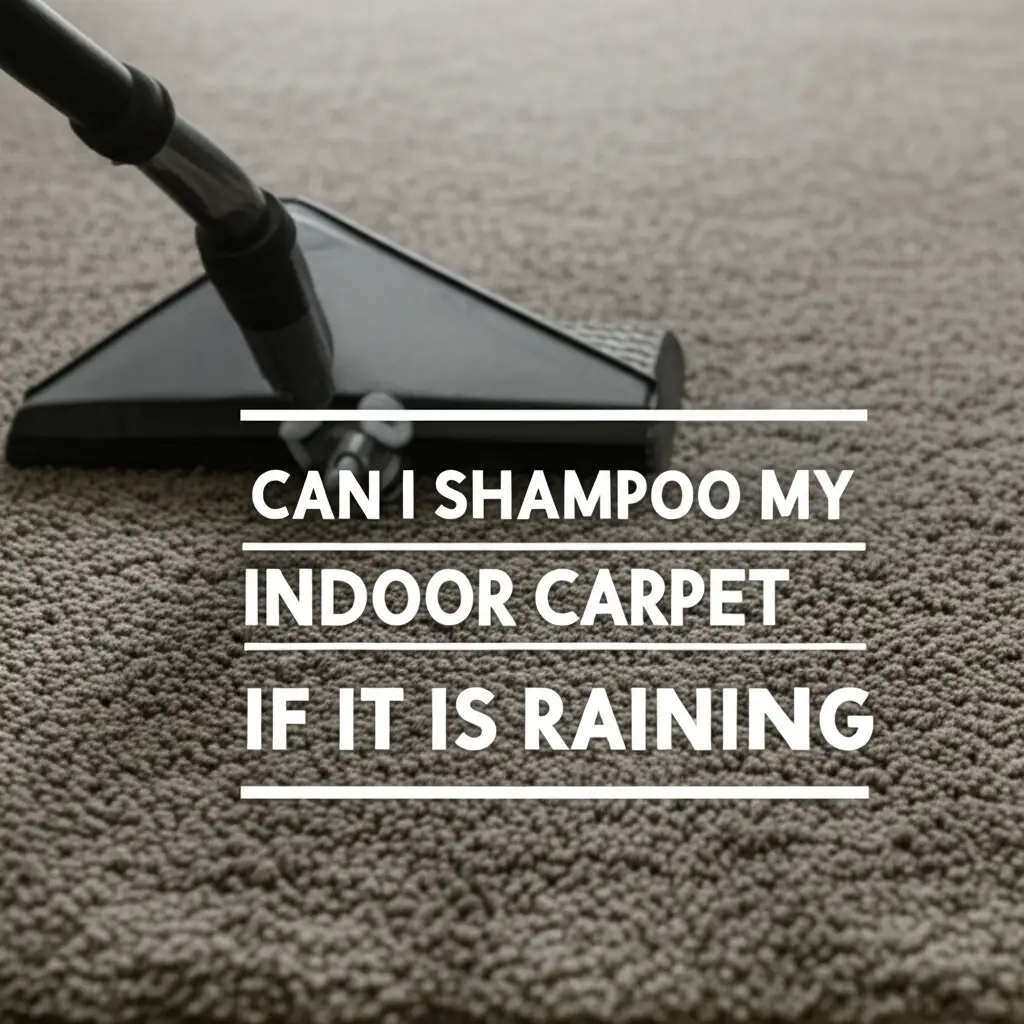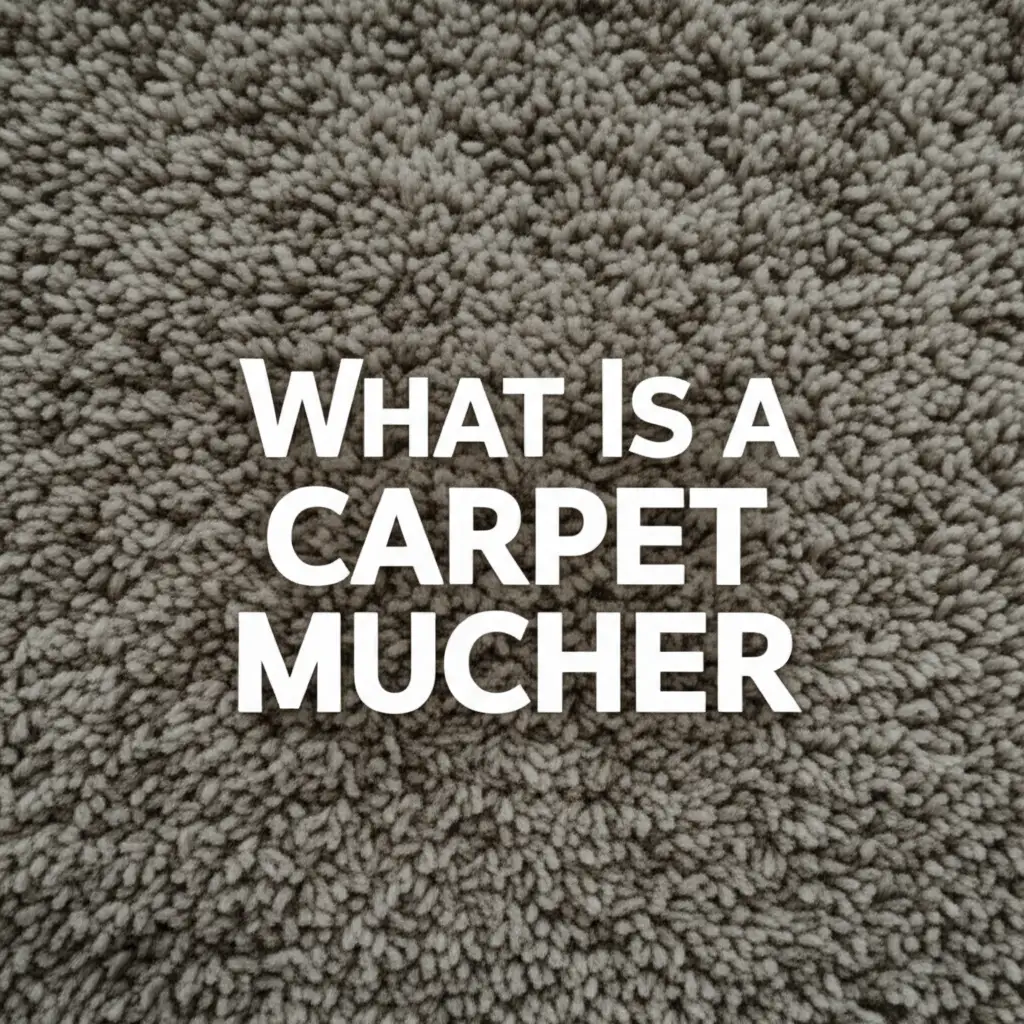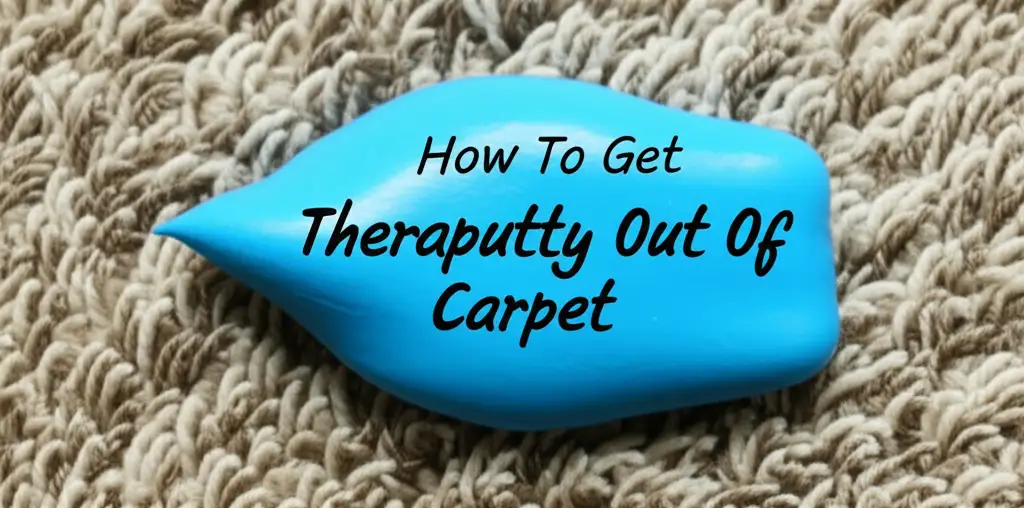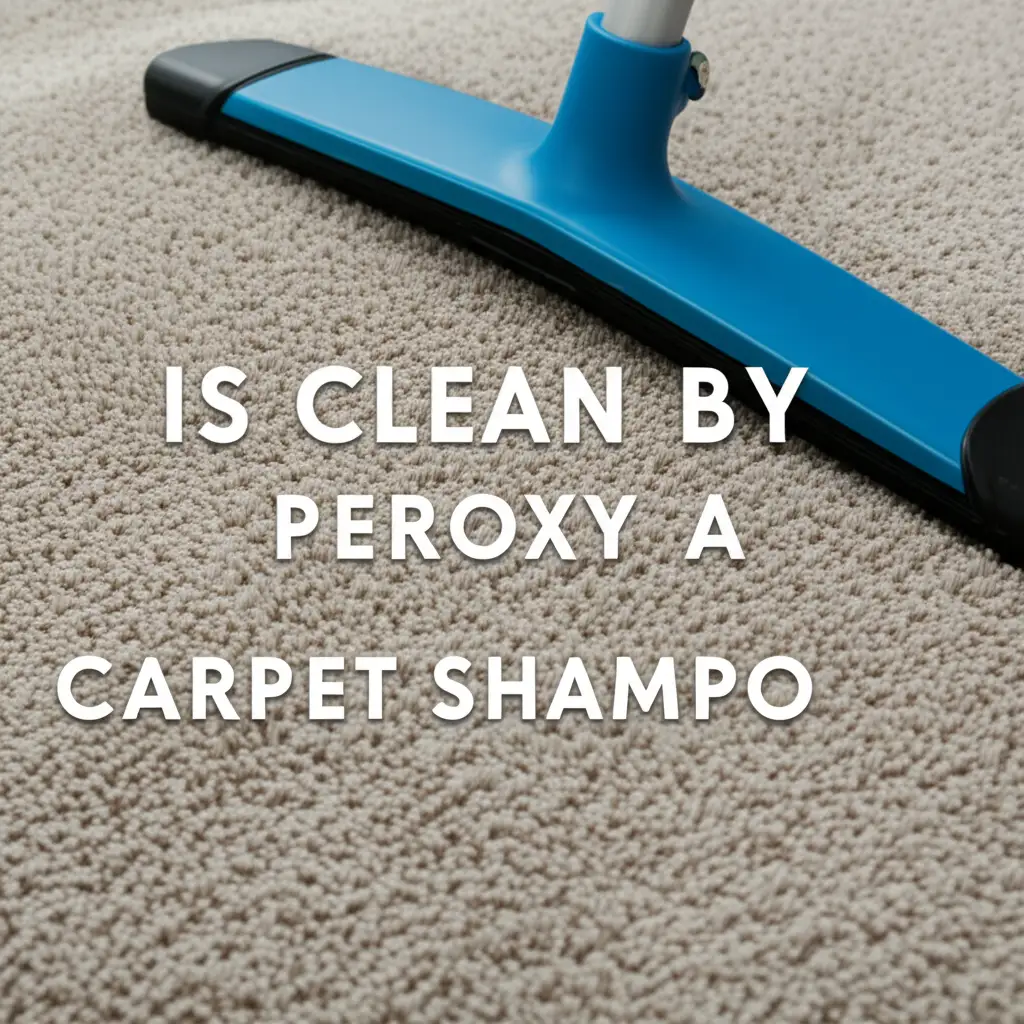· Elira Thomsen · Carpet Care · 15 min read
Can I Shampoo My Indoor Carpet If It Is Raining

Shampooing Your Indoor Carpet: Is Rain a Problem?
You gaze out the window, seeing rain fall steadily. Inside, your carpet needs a good cleaning. The question quickly comes to mind: “Can I shampoo my indoor carpet if it is raining?” This is a common dilemma for many homeowners. You want a fresh, clean living space, but you also worry about the weather outside. The truth is, cleaning carpets in rainy conditions presents specific challenges.
This article explores the direct impact of outdoor weather on indoor carpet cleaning. We will look at why rain can complicate the carpet shampooing process. You will learn about the risks of slow drying, potential mold growth, and the general effects of high humidity. We will also share effective strategies for cleaning and drying your carpet, even when the weather is not ideal. Read on to understand how to keep your carpet fresh and avoid common pitfalls.
Takeaway
- Avoid Shampooing During Heavy Rain: High outdoor humidity significantly slows carpet drying.
- Prioritize Fast Drying: Use fans, dehumidifiers, and good air circulation to dry carpets quickly.
- Prevent Mold and Odor: Slow drying leads to mold growth and musty smells.
- Consider Low-Moisture Methods: These methods are better if you must clean on a damp day.
- Plan Ahead: Always check the weather forecast before a major carpet cleaning project.
You can shampoo your indoor carpet when it is raining, but it is generally not ideal. High outdoor humidity makes it much harder for your carpet to dry fully and quickly. This slow drying creates a perfect environment for mold, mildew, and unpleasant odors to develop. It is best to wait for a dry, low-humidity day if possible.
The Core Challenge: Humidity and Drying Time
Shampooing your indoor carpet involves applying moisture. The goal is always to get the carpet dry again as fast as possible. When it rains, the air outside holds a lot of moisture. This high humidity outside makes it difficult for the moisture from your carpet to evaporate into the air inside your home. Think of it like trying to dry clothes on a line during a rainstorm; they just do not dry efficiently.
Carpets are thick. They hold water deep within their fibers and backing. When the air is already saturated with moisture, it cannot absorb much more from your wet carpet. This results in a significantly prolonged drying time. A carpet that might dry in 6-12 hours on a dry day could take 24-48 hours or even longer on a rainy, humid day. This extended dampness sets the stage for several problems within your home environment.
Slow drying is the primary concern. Water trapped in carpet fibers for too long can become a breeding ground. This situation impacts both the carpet’s integrity and your home’s air quality. Understanding this challenge helps you make informed decisions about when to clean your carpet.
Risks of Shampooing Carpet in High Humidity
Cleaning your carpet when humidity levels are high, especially due to rain, carries several specific risks. These risks affect your carpet, your home, and even your health. It is important to know these potential problems before you start a cleaning project on a damp day.
One major risk is the growth of mold and mildew. These fungi thrive in damp, dark environments. A carpet that stays wet for too long provides exactly these conditions. Mold can appear as visible spots. It also often produces a strong, musty smell. This smell indicates that moisture is trapped and causing problems. Mold spores can also become airborne. This leads to poor indoor air quality.
Health issues can arise from mold and mildew exposure. People with allergies or asthma may experience worsened symptoms. Even those without existing conditions can develop respiratory irritation, coughing, or sneezing. Protecting your family’s health is a key reason to avoid prolonged dampness in carpets.
Your carpet itself can suffer damage. The glues and backings in carpets can weaken when exposed to moisture for too long. This can cause the carpet layers to separate, a process known as delamination. Delamination makes your carpet look lumpy or wavy. It can also shorten the lifespan of your carpet significantly.
Finally, wet carpets can re-soil quickly. Residual soap from shampooing can attract new dirt as the carpet dries slowly. This leaves your carpet looking dirty again shortly after cleaning. It defeats the purpose of the cleaning effort. Also, the dampness can attract pests. Pests like carpet beetles are drawn to damp, organic materials, adding another layer of concern to slow-drying carpets.
These risks highlight why planning your carpet cleaning for the right weather is very important. Preventing these issues saves you time, money, and health concerns.
Ideal Conditions for Effective Carpet Shampooing
Choosing the right time to shampoo your carpet makes a big difference. The best conditions involve low humidity and good airflow. These factors help your carpet dry quickly and completely. This fast drying is key to avoiding issues like mold and lingering odors.
Sunny, dry days are perfect. When the sun shines and the air is dry, moisture evaporates faster. This speeds up the drying process inside your home. Low humidity levels mean the air can absorb more moisture from your carpet fibers. This ensures a thorough dry. Aim for a day when the outside humidity is below 50%.
Good ventilation is also vital. Even on a dry day, you need air movement. Open windows and doors to create a cross-breeze. This fresh air helps carry away the moist air from your carpet. It replaces it with drier air. Using fans can boost this airflow. Place fans strategically to blow air directly across the wet carpet surface.
Temperature plays a role too, but it is less critical than humidity and ventilation. A moderate indoor temperature is fine. Very cold temperatures can slow drying, even with low humidity. Extremely hot temperatures are not necessary; good airflow and low humidity are more important.
Consider checking your local weather forecast. Look for a stretch of 2-3 days with dry, sunny conditions. This gives your carpet ample time to dry fully, even if the first day is not perfectly dry. Planning ensures your carpet cleaning project is successful and problem-free. This preparation helps maintain your carpet’s condition and your home’s air quality.
Best Practices for Drying Carpet on a Rainy Day
Sometimes, you cannot wait for perfect weather to shampoo your indoor carpet. If you must clean your carpet on a rainy or humid day, you need to be very intentional about drying it. Fast drying is even more critical when outdoor conditions are not helping. Proper drying prevents mold, mildew, and musty odors.
First, maximize air circulation within your home. Open all interior doors to allow air to flow freely between rooms. If safe and possible, slightly open a window on one side of the house and another on the opposite side. This creates a cross-breeze. However, be careful not to let rain or excessive humidity directly enter.
Next, use powerful fans. Direct several fans at the wet carpet area. Oscillating fans are good as they move air over a wider space. You can also use air movers, which are designed specifically for drying carpets. Position fans to blow air directly onto the damp surface. This helps evaporate moisture faster.
Dehumidifiers are incredibly effective on humid days. A dehumidifier pulls moisture directly from the air. Place it in the room where the carpet is wet. Empty its water reservoir regularly. This appliance actively lowers the indoor humidity. This makes it easier for your carpet to release its moisture.
Blotting is a simple but effective technique. After shampooing, use clean, dry towels to blot excess water from the carpet. Walk on the towels to press out more moisture. This step removes a significant amount of water physically. It reduces the overall drying time needed.
Patience is vital. Do not walk on the carpet until it is completely dry. This prevents re-soiling and pushing dirt deeper into the damp fibers. It also helps avoid damaging the fibers while they are vulnerable. You can monitor the drying progress by feeling the carpet in different spots. Even if the top feels dry, press down to check for dampness underneath. Ensuring a complete dry is the most important step for a healthy, clean carpet. For more information on effective drying after shampooing, consider resources on machine-made carpet cleaning techniques.
Choosing the Right Carpet Cleaning Method for Rainy Weather
When the weather outside is damp, your choice of carpet cleaning method becomes even more important. Some methods introduce less moisture into the carpet. These are better options when fast drying is a challenge. Selecting a low-moisture cleaning approach can significantly reduce the risks associated with cleaning on a rainy day.
One excellent option is encapsulation cleaning. This method uses a special cleaning solution that surrounds dirt particles. The solution crystallizes as it dries. These crystallized particles are then easily vacuumed away. Encapsulation uses very little water compared to traditional shampooing. This means the carpet dries much faster, often within 1-2 hours. It is a great choice if you need to clean when humidity is high.
Dry compound cleaning is another effective low-momoisture method. This technique involves spreading a specialized absorbent powder over the carpet. The powder contains cleaning agents that attract and absorb dirt. After a short dwell time, you vacuum up the dry compound, taking the dirt with it. This method uses virtually no water. Your carpet is dry and ready for use almost immediately. It is ideal for urgent cleaning needs on any day, especially a wet one.
Spot cleaning is always a good interim solution. If only a small area of your carpet is dirty, focus on cleaning just that spot. This prevents wetting large areas of your carpet unnecessarily. Use a damp cloth and a mild cleaner designed for spot treatment. Blot the area thoroughly afterward. This limits the amount of moisture introduced into your home.
Professional carpet cleaning services often have powerful extraction equipment. Their machines can remove much more water than typical home carpet shampooers. They also use industrial air movers. If you absolutely need a full carpet cleaning during a prolonged period of rain, hiring a professional might be your best bet. They can ensure a faster and more complete dry. You can even ask if they offer dry cleaning methods for carpet, which use solvents instead of water, making them impervious to humidity concerns. Some professional solutions, like Clean by Peroxy carpet shampoo, may also offer quick-drying properties suitable for challenging conditions. These alternative methods provide flexibility when weather conditions are not cooperative.
Preparing Your Home for Carpet Shampooing on a Damp Day
Proper preparation is essential, especially when you plan to shampoo your indoor carpet on a day with rain or high humidity. Good preparation helps protect your home and promotes faster drying. Skipping these steps can lead to more problems than benefits from the cleaning process.
First, clear the room completely. Move all furniture, rugs, and smaller items out of the area you plan to clean. This ensures you can clean the entire carpet surface without interruption. It also allows for better airflow around the carpet during the drying process. Furniture sitting on wet carpet can cause stains or impressions.
Protect your surrounding surfaces. Use plastic sheeting or aluminum foil to cover the legs of any furniture that must remain in the room. This prevents moisture or cleaning solution from wicking up into the wood or fabric. Also, consider placing painter’s tape or plastic along baseboards. This protects them from water damage or splashes from the shampooer. Thinking about what to put over carpet to protect it before cleaning can save you from accidental damage.
Check the weather forecast one last time. While you may have already decided to clean, a final check confirms the rain intensity or humidity levels. This helps you anticipate drying challenges. If a severe storm is expected, it might be better to reschedule if possible. Knowing what to expect allows you to prepare your drying strategy more effectively.
Test your cleaning solution on an inconspicuous spot of your carpet. This step is crucial. It ensures the solution does not cause discoloration or damage to your specific carpet type. Apply a small amount, let it sit, and then blot it dry. If there is no negative reaction, you can proceed with confidence. This simple test prevents large-scale damage.
Finally, gather all your drying tools before you begin. Have your fans, dehumidifiers, and plenty of clean, dry towels ready. You want to start the drying process immediately after you finish shampooing. Delays in drying can increase the risk of mold and odor. Being prepared makes the entire process smoother and more successful, even on a damp day.
Post-Shampoo Care to Prevent Issues in Damp Conditions
After you shampoo your indoor carpet, the post-cleaning care is as important as the cleaning itself. This is especially true when dealing with damp or rainy weather. The goal is to ensure your carpet dries completely and avoids any lingering problems like mold or odors. Proper care immediately after cleaning can make all the difference.
First, avoid walking on the wet carpet. Foot traffic can push moisture deeper into the carpet fibers and backing. This slows down drying even further. It can also reintroduce dirt and leave footprints. If you must walk across the area, wear clean, dry shoes or booties. Limit movement as much as possible until the carpet is completely dry to the touch.
Continuously monitor for odors. A musty smell is the first sign of mold or mildew growth. If you detect any unusual smells, it means the carpet is not drying properly. Increase airflow and dehumidification immediately. You may need to apply an anti-microbial spray if the smell persists. Addressing odors early can prevent larger problems.
Re-vacuum the carpet once it is fully dry. This step removes any residue left behind by the shampooing process. It also helps to fluff up the carpet fibers, restoring their original look. Vacuuming ensures that any remaining particles of crystallized dirt or cleaning solution are lifted away. A thorough vacuuming finishes the cleaning process properly.
Address any lingering dampness proactively. Feel the carpet in various spots, including corners and under furniture, to ensure it is uniformly dry. If certain areas remain damp, focus drying efforts on them. Position fans directly on these spots. You might even consider using a hair dryer on a cool setting for very small, stubborn damp patches. Do not stop your drying efforts until every part of the carpet is bone dry.
It takes patience and persistence. Even if the top of the carpet feels dry, the padding underneath can still hold moisture. Full drying can take 24-48 hours or more, depending on conditions and carpet thickness. Ensuring a complete dry prevents long-term damage and keeps your carpet fresh and clean for longer. This diligence is crucial when cleaning even the worst carpet in challenging weather.
FAQ Section
How long does carpet take to dry after shampooing?
Carpet usually takes 6 to 24 hours to dry after shampooing. This timeline depends on carpet thickness, the amount of water used, and ventilation. On a humid day, drying can extend to 48 hours or even longer. Good air circulation and low humidity are key to faster drying times.
Can wet carpet cause mold?
Yes, wet carpet can absolutely cause mold. Mold thrives in damp conditions. If carpet stays wet for more than 24-48 hours, mold spores can activate and grow. This causes musty odors and can lead to health issues. Quick drying is essential to prevent mold formation.
What if I have to shampoo my carpet when it’s raining?
If you must shampoo your carpet when it is raining, focus intensely on drying. Use powerful fans, a dehumidifier, and open all interior doors for maximum airflow. Consider using low-moisture cleaning methods. Blot excess water aggressively after cleaning. Your priority must be rapid, thorough drying.
Does a dehumidifier help dry carpet?
Yes, a dehumidifier helps dry carpet significantly. It removes moisture from the air, lowering the overall humidity level in the room. This makes it easier for water to evaporate from the carpet fibers. Place the dehumidifier close to the wet area for best results. Empty its water reservoir regularly.
Are there carpet cleaning methods that use less water?
Yes, there are carpet cleaning methods that use less water. Encapsulation cleaning uses minimal moisture, allowing carpets to dry in 1-2 hours. Dry compound cleaning uses no water at all, leaving carpets dry instantly. These methods are excellent choices for cleaning on humid or rainy days.
What are signs of a still-wet carpet?
Signs of a still-wet carpet include a cool or damp feeling when touched, a darker appearance than dry areas, or a lingering musty smell. Press down firmly with a paper towel; if it absorbs moisture, the carpet is still wet. Check under furniture or in corners, as these areas dry slower.
Conclusion
Deciding whether to shampoo your indoor carpet when it is raining involves careful consideration. While it is technically possible, doing so on a damp day significantly increases drying time. This slow drying creates a high risk for mold and mildew growth. It can also lead to musty odors and even damage your carpet. The primary takeaway is that dry, low-humidity conditions are always best for effective and safe carpet cleaning.
If you find yourself in a situation where you must shampoo your indoor carpet if it is raining, prioritizing aggressive drying methods is crucial. Use strong fans, a dehumidifier, and ensure excellent air circulation throughout your home. Consider low-moisture cleaning alternatives like encapsulation or dry compound methods to minimize the water introduced into your carpet. Remember, ensuring your carpet dries completely is the most important step in preventing long-term problems. Plan your carpet cleaning projects around the weather forecast to achieve the best results for a truly clean, healthy home environment.





